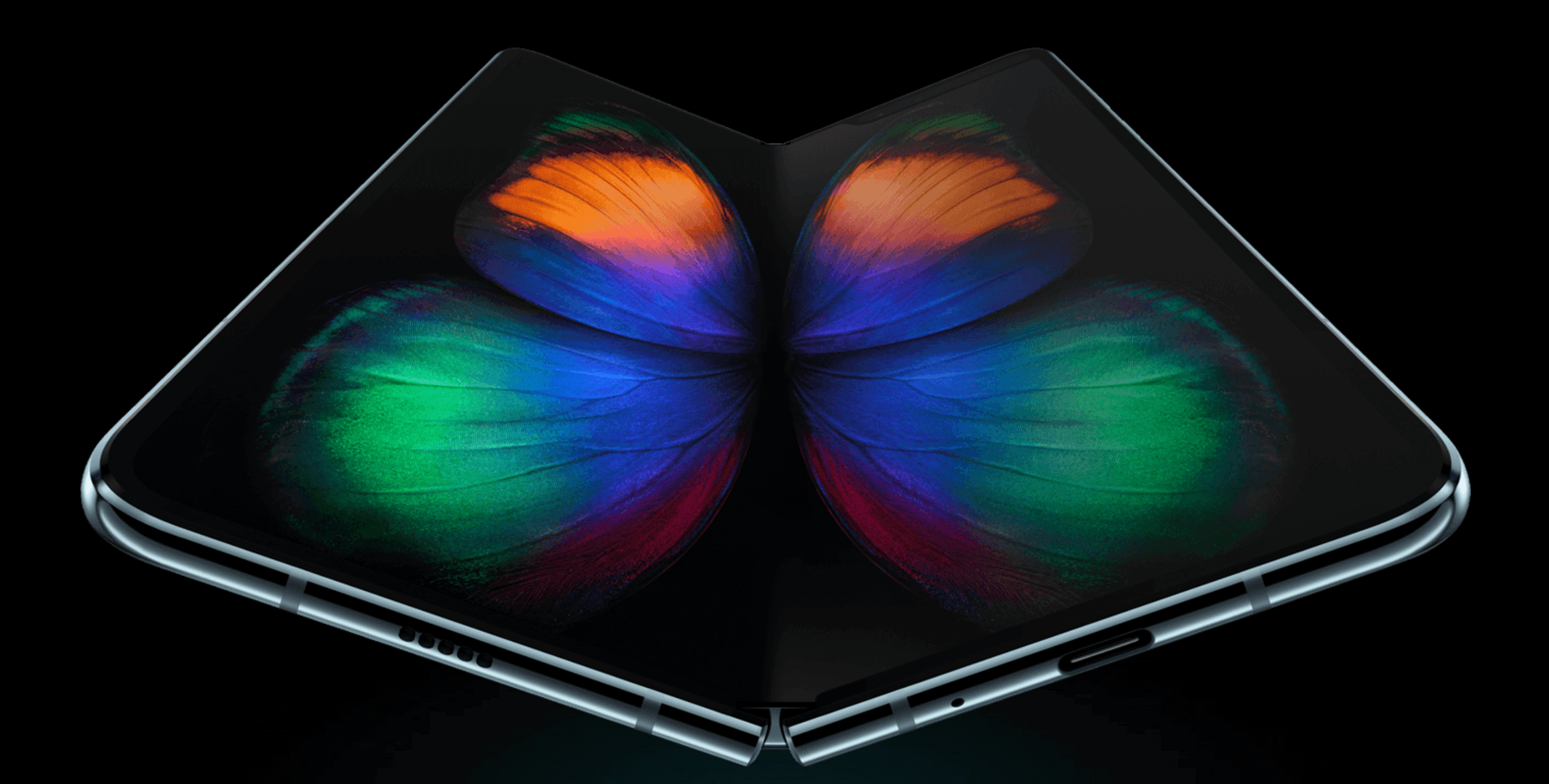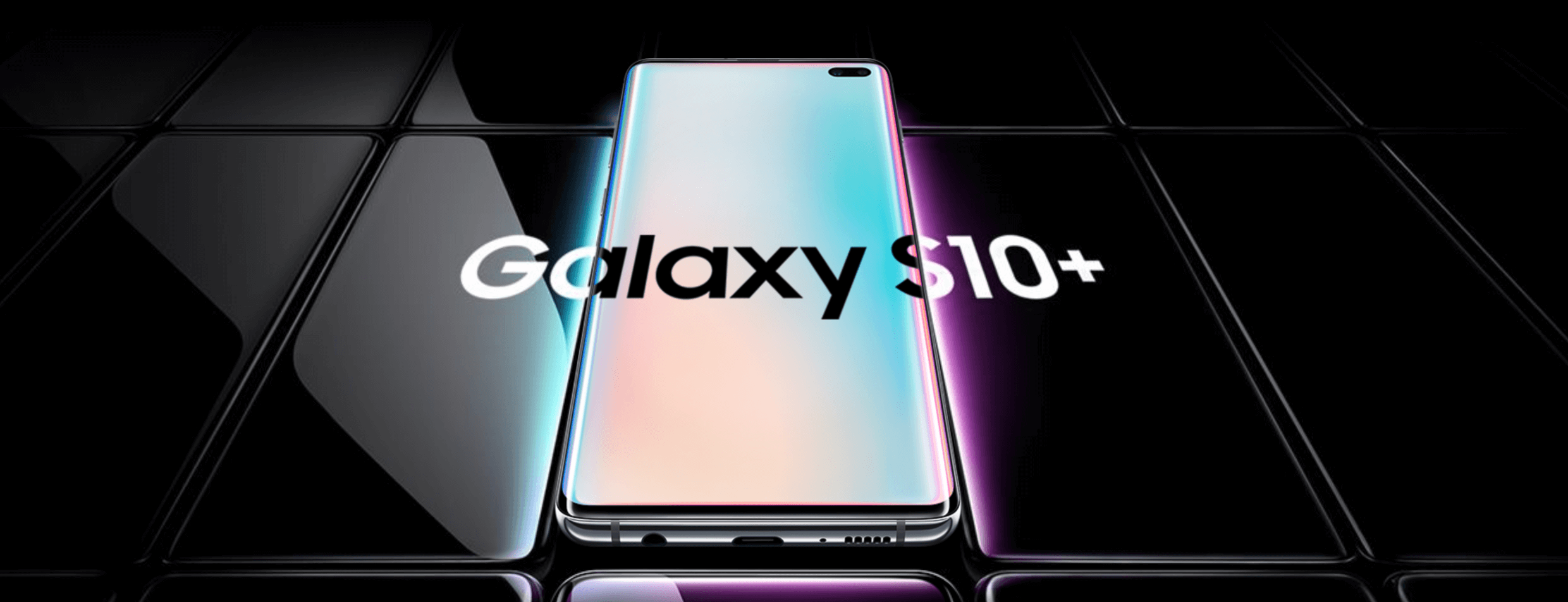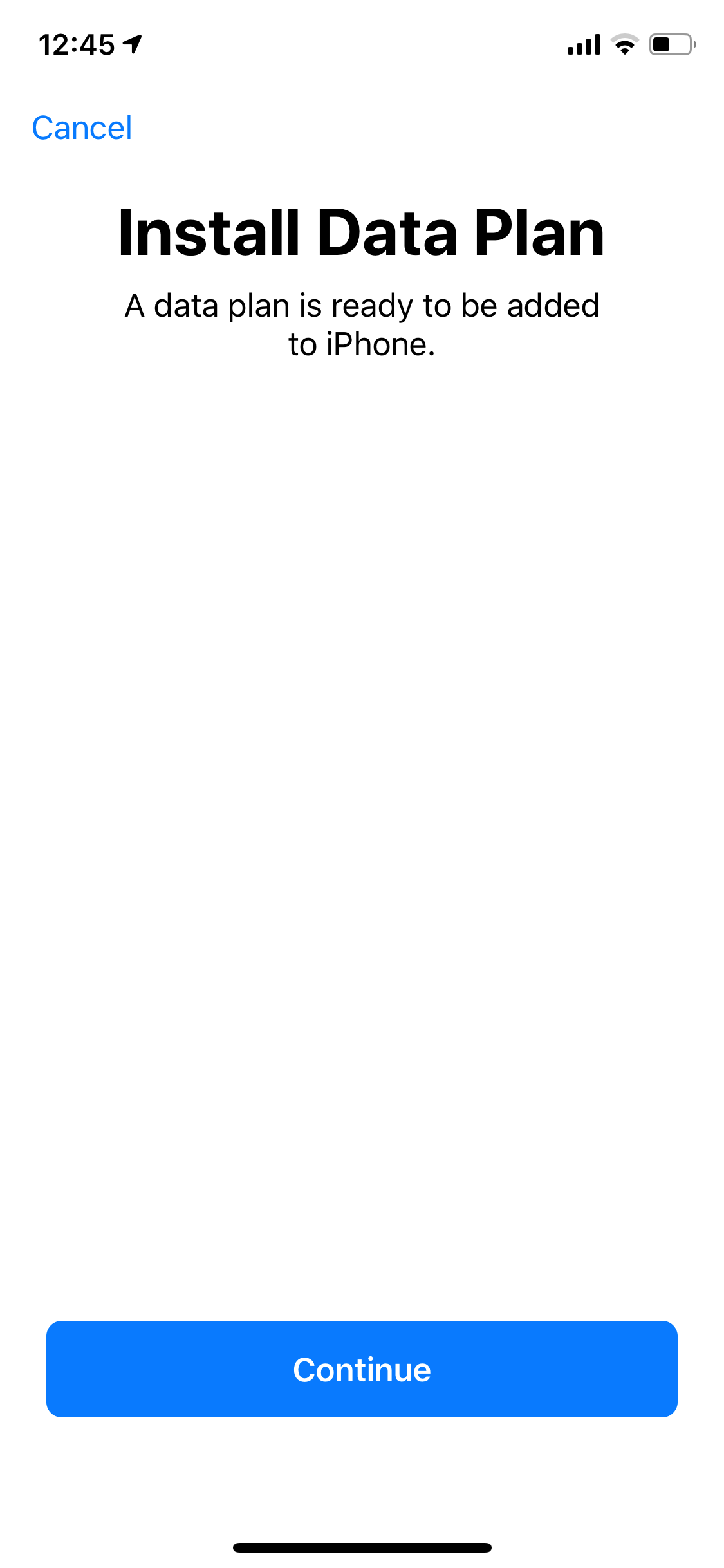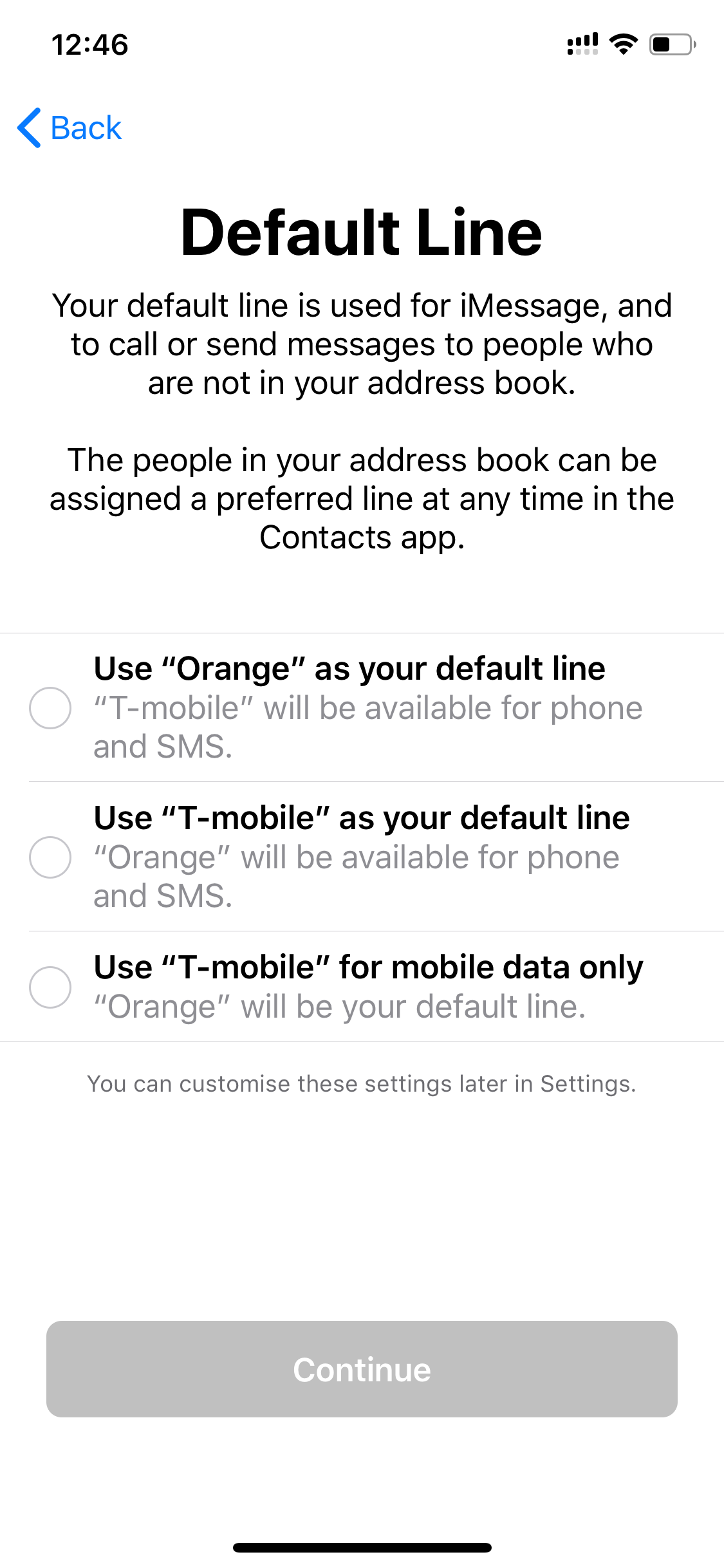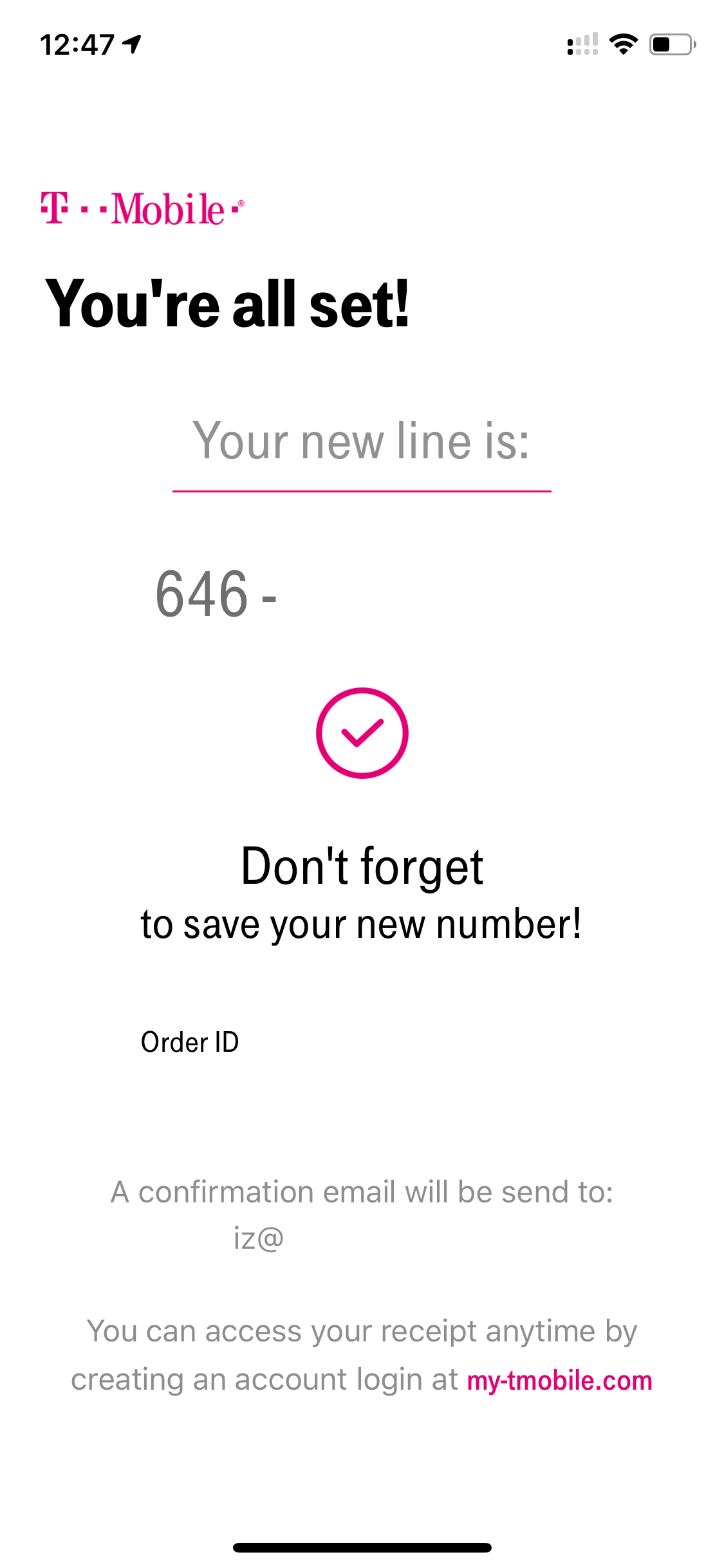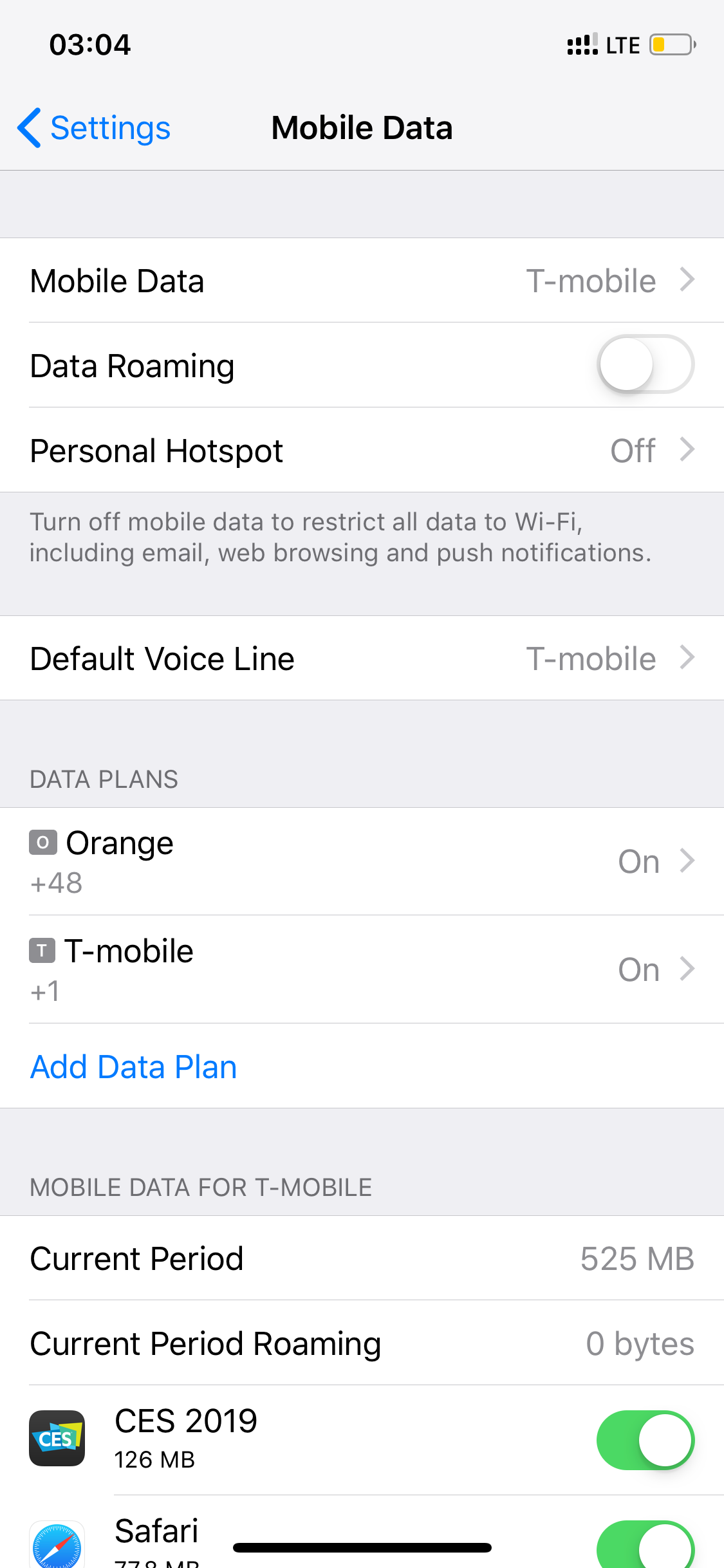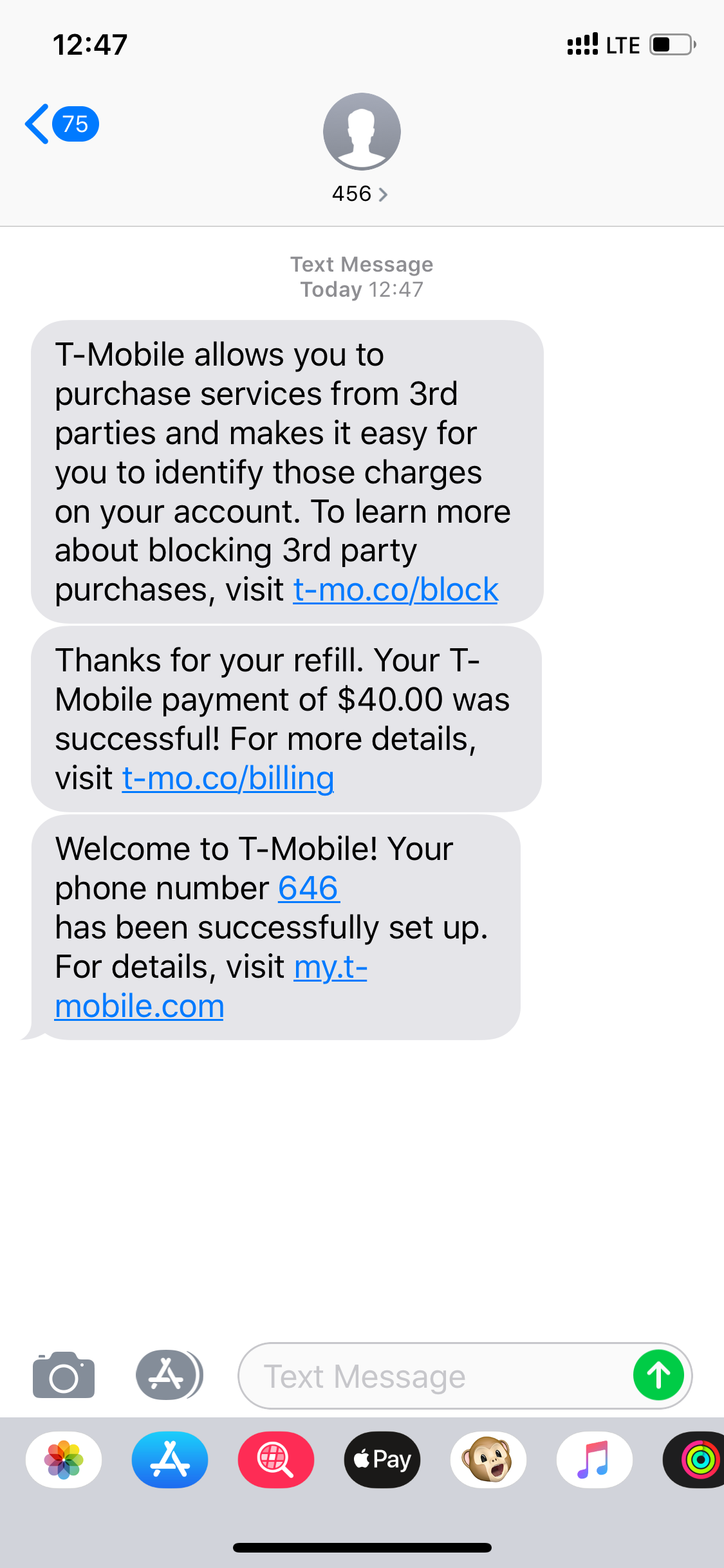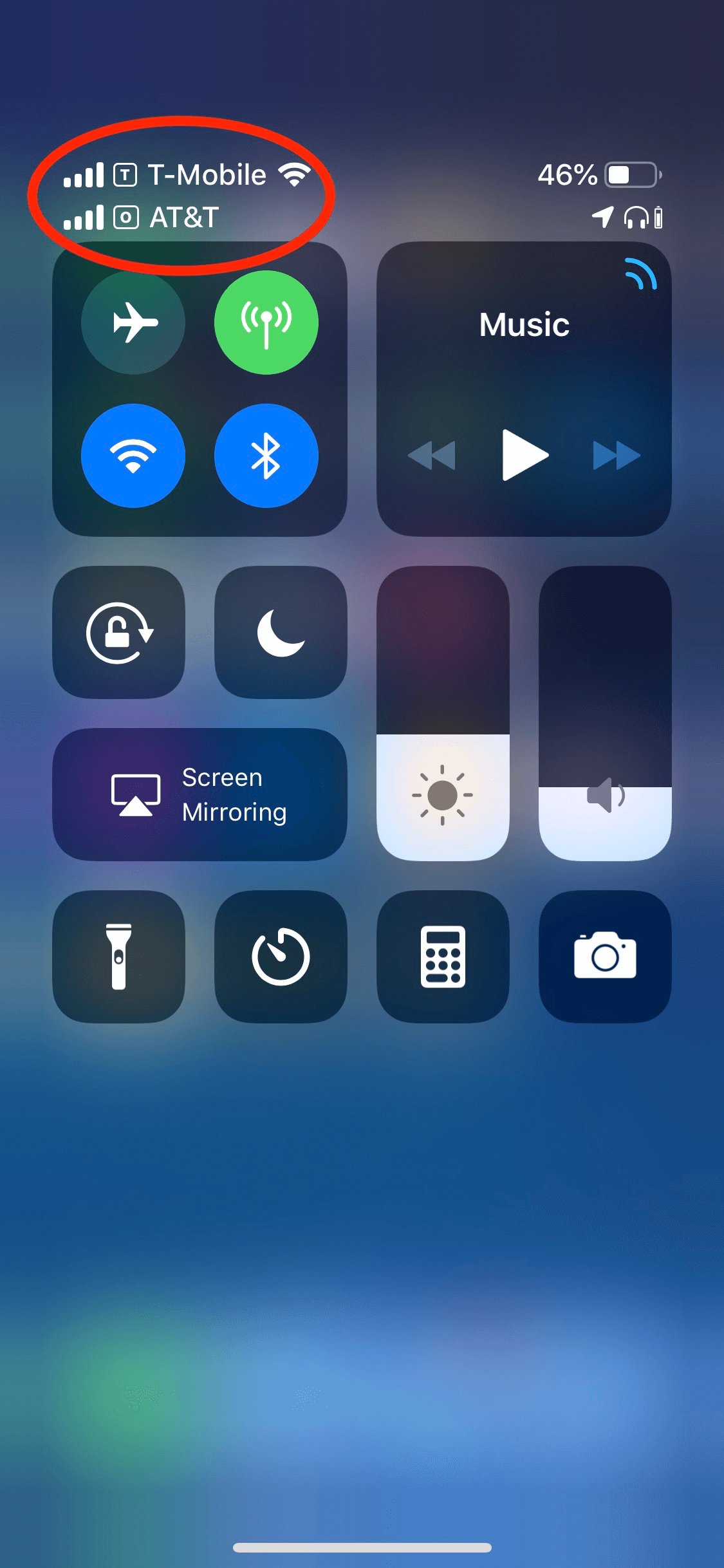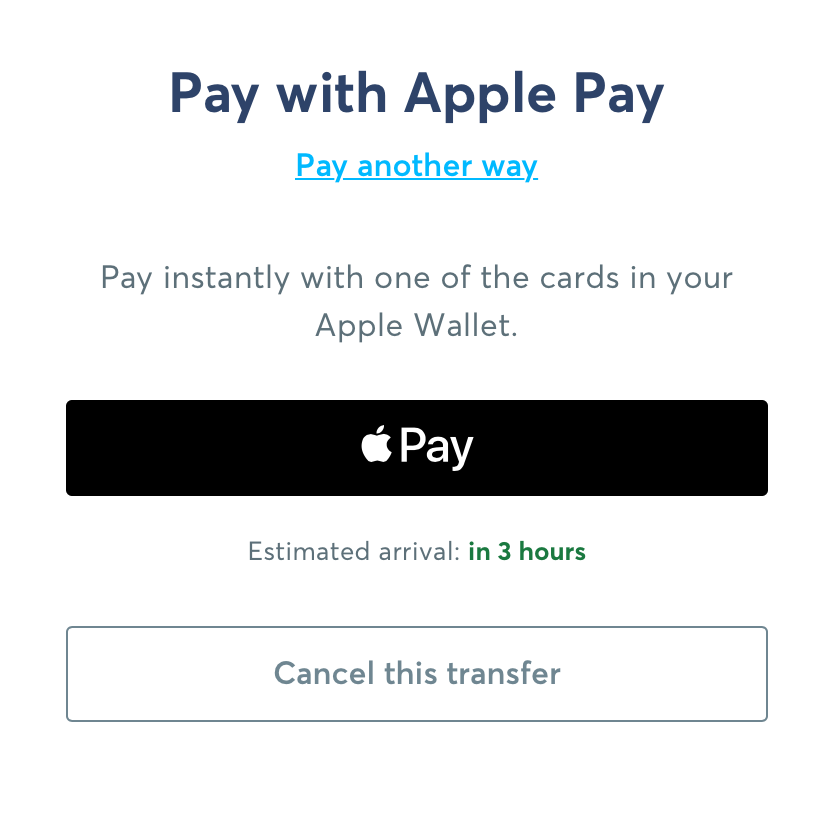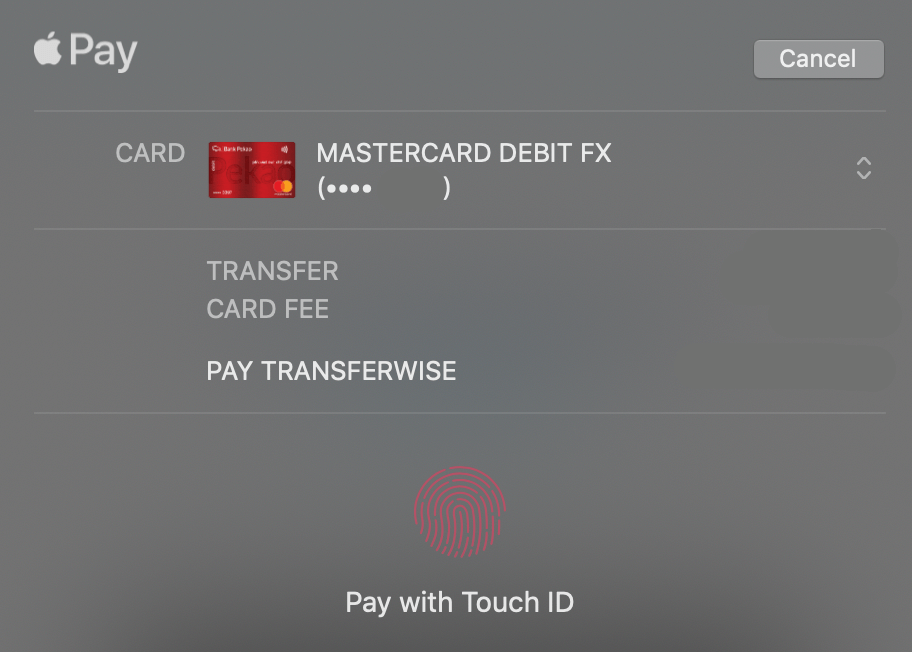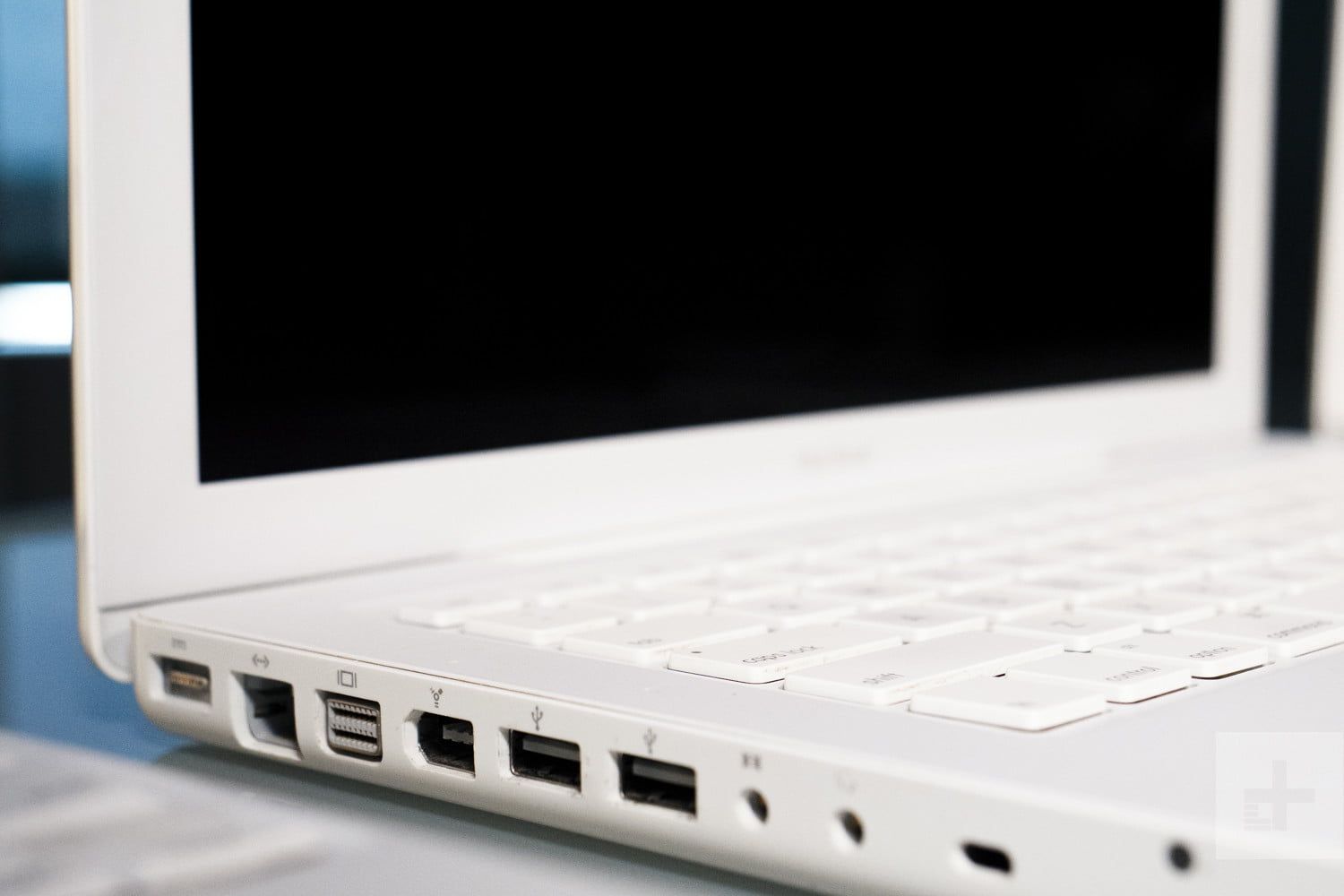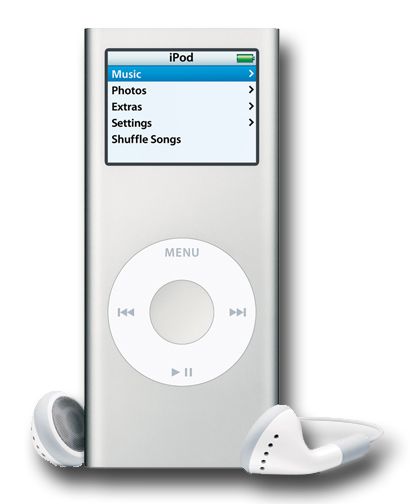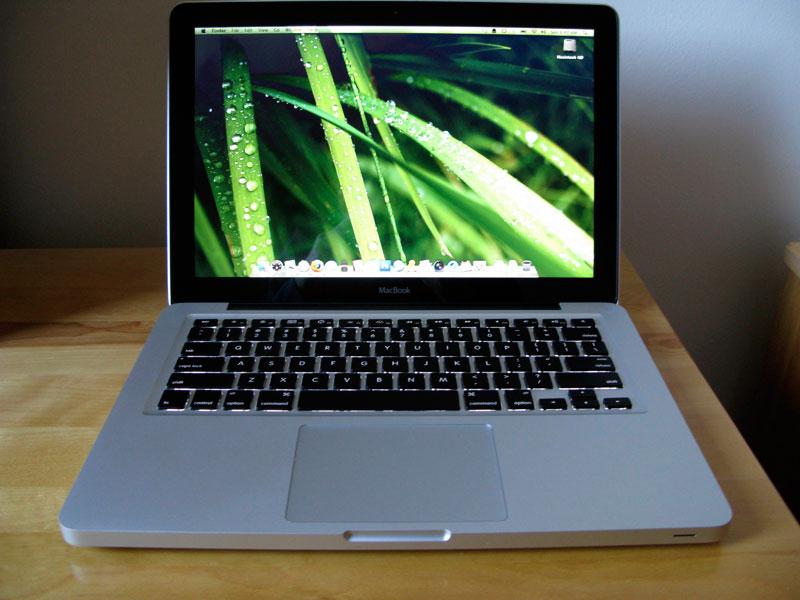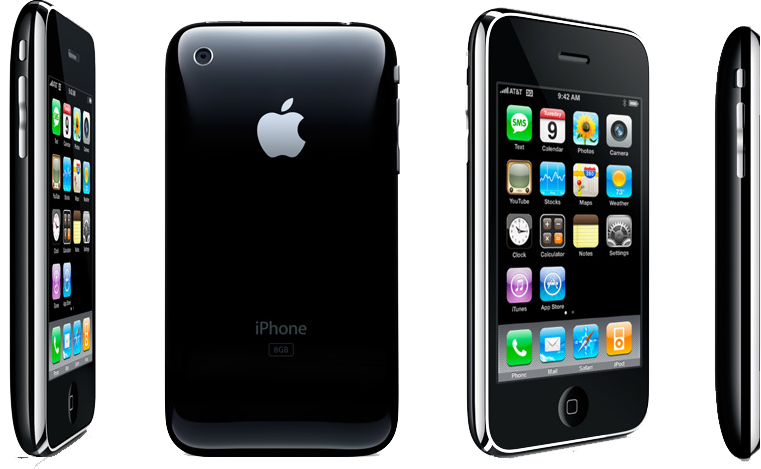For the last year of using an unofficial Messenger Mac client Caprine that has an unofficial dark mode I just couldn't understand why the official iOS Messenger app doesn't have dark mode for years. But now it's there. Sort of.
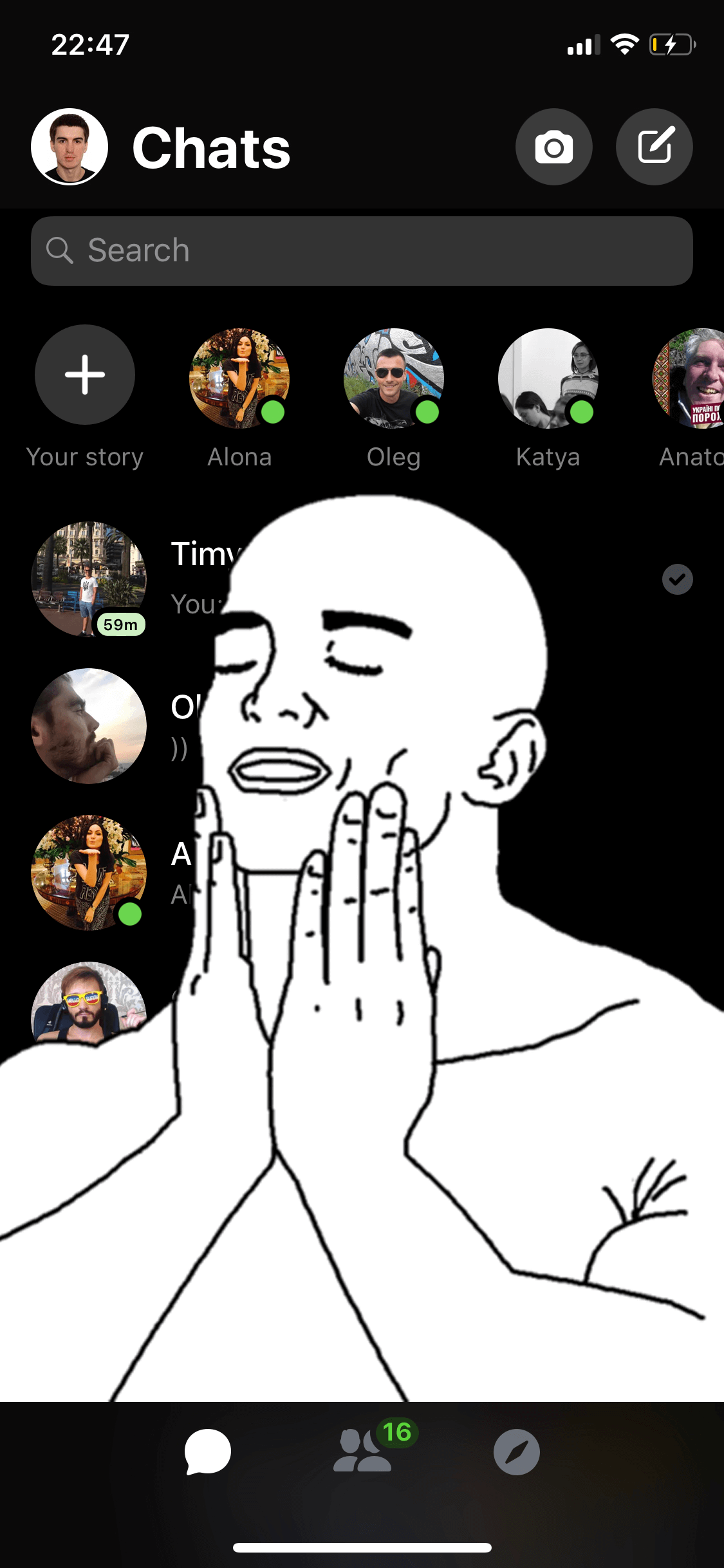
Overall I wonder how this have been found in the first place, but it works:
- In the messenger send anyone the 🌙 (moon) emoji
- Accept the dark mode prompt
- Switch it on
- Enjoy
Can't wait to have it in more apps and hopefully system wide in iOS 13 this summer-autumn. But for now it's the best I can have for an app I probably use the most often among others.
